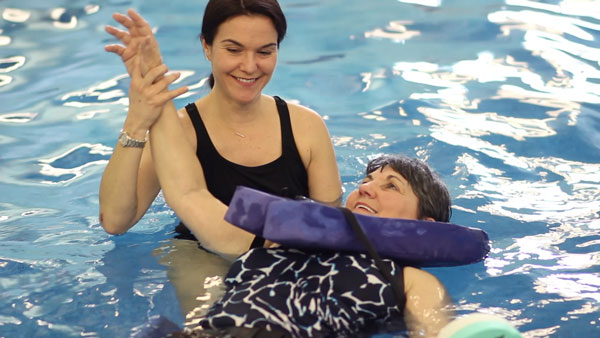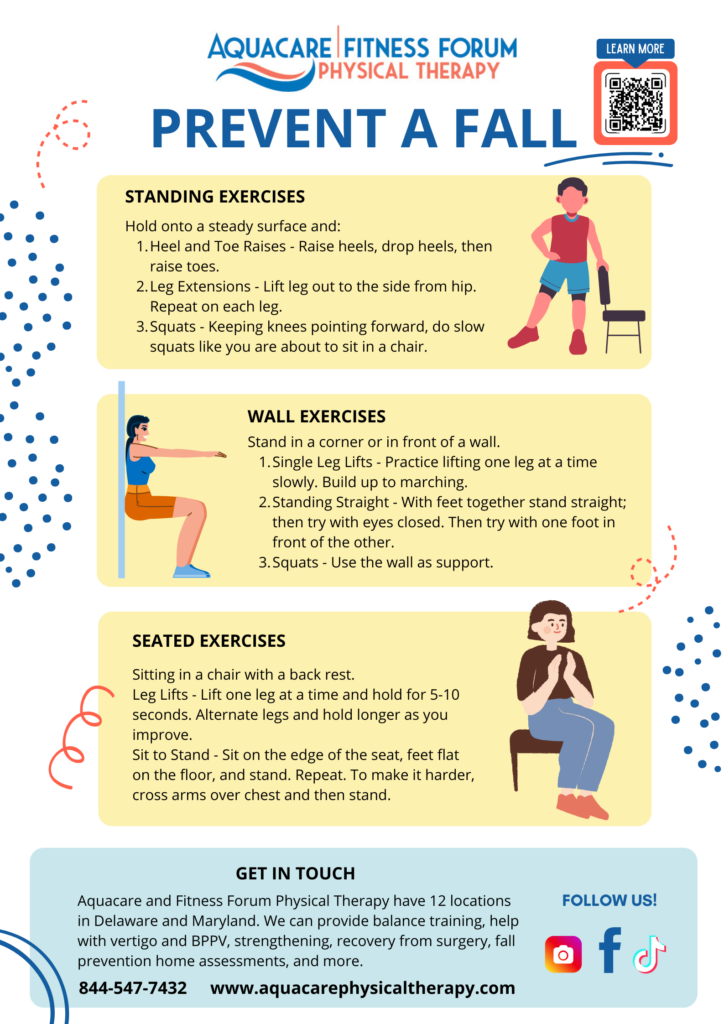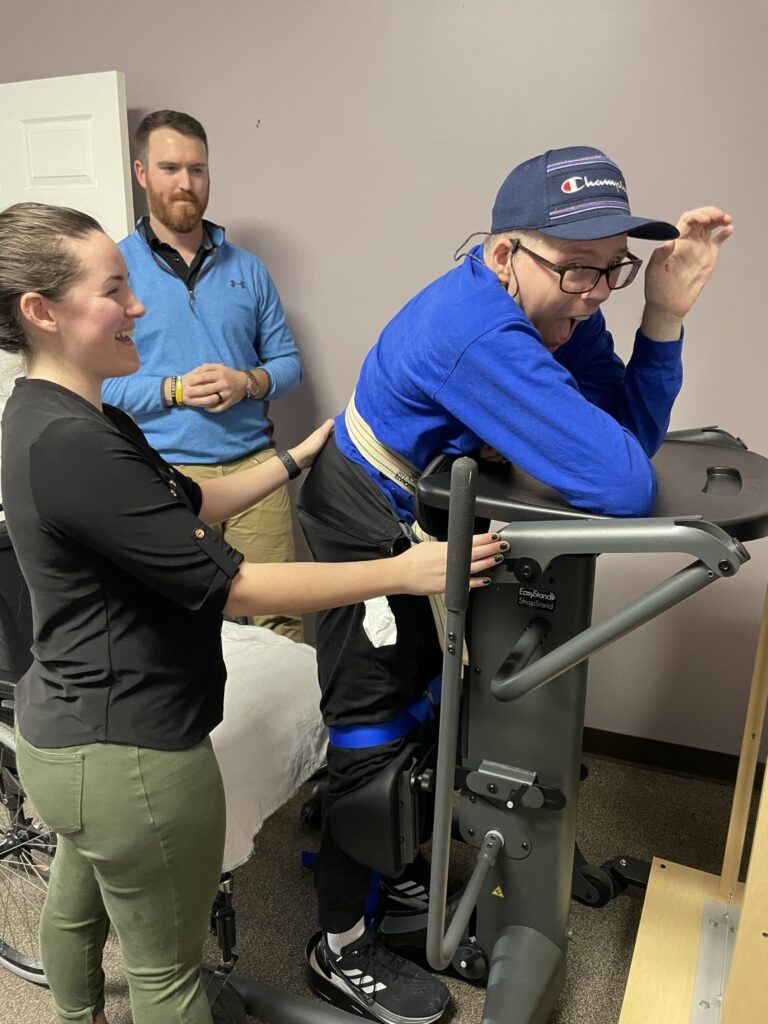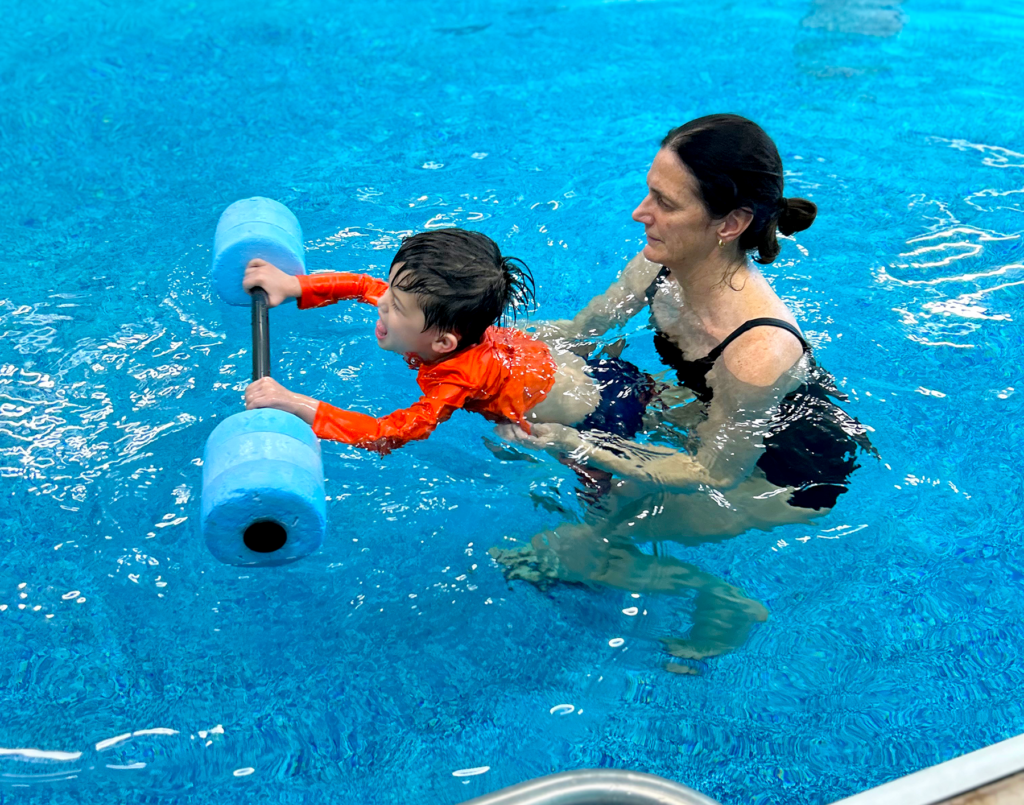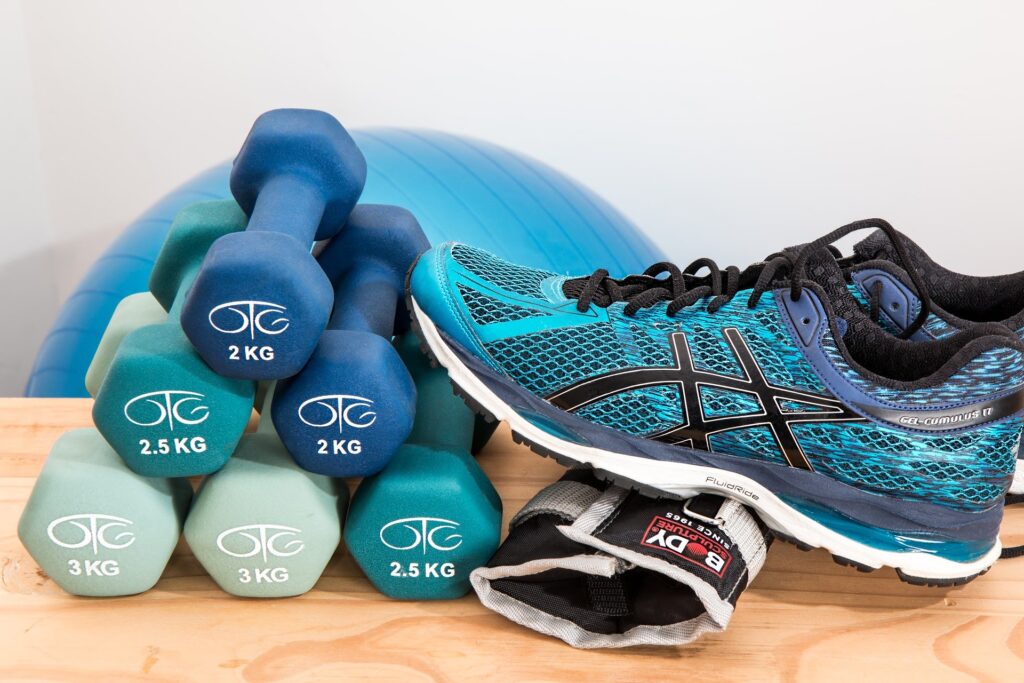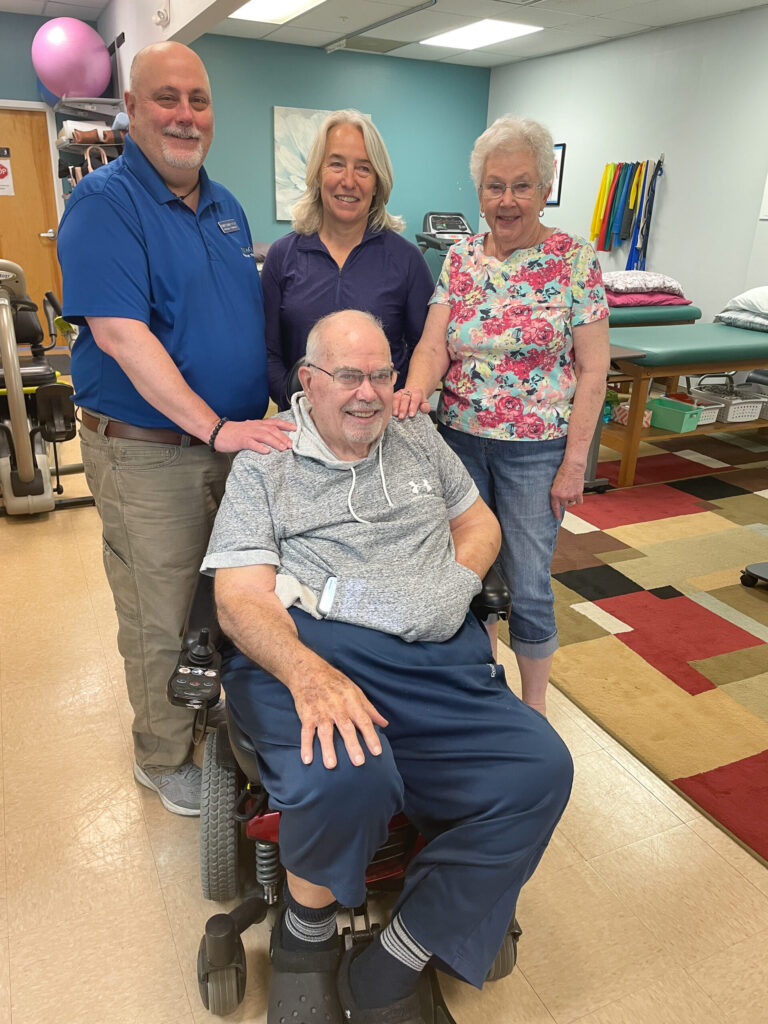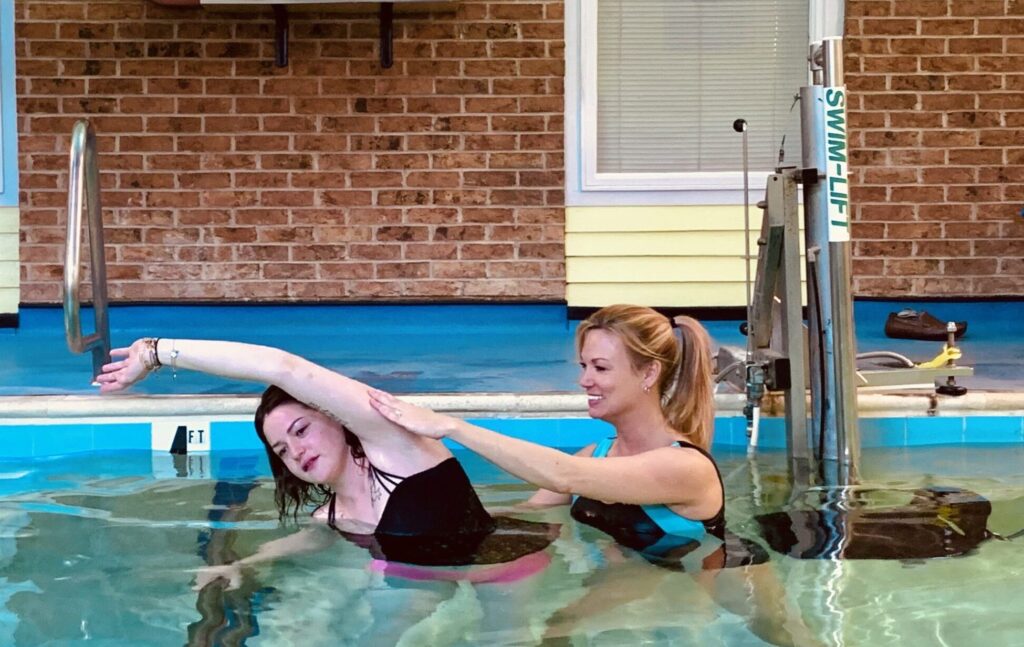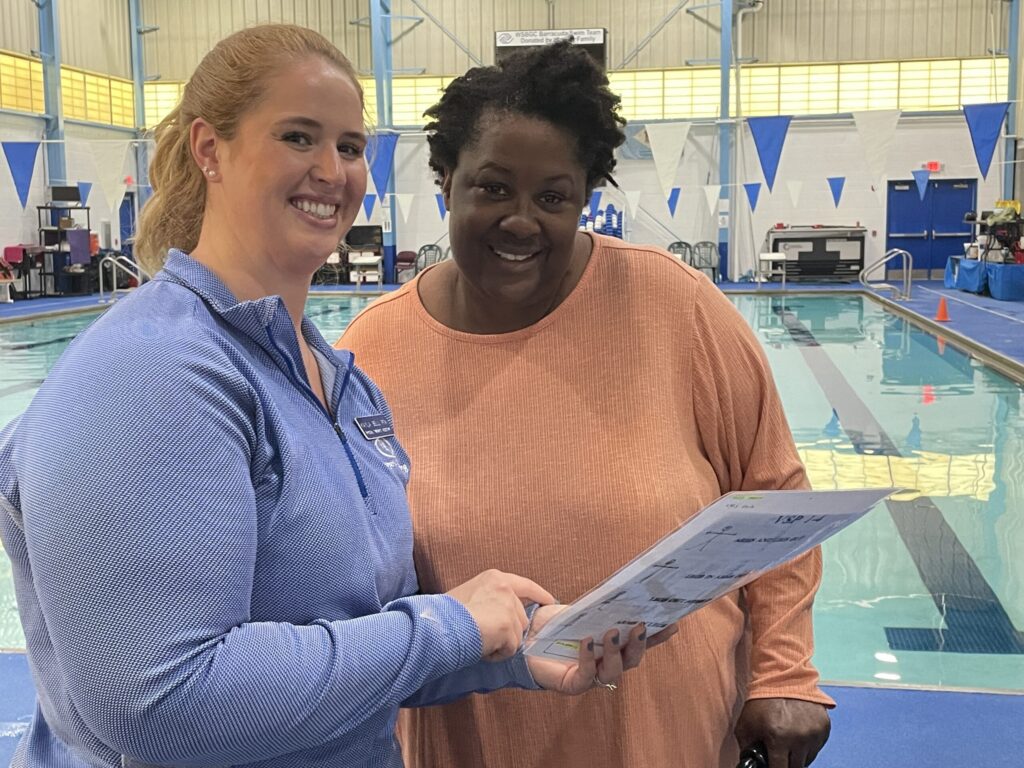
Understanding Patellar Tracking Disorder and Patellofemoral Pain

Patellar tracking disorder, also referred to as patellofemoral pain, is where the kneecap (patella) moves towards the outside of the knee during activities involving significant knee flexion.
This deviation is caused by imbalances in tendons, muscles, or ligaments that are either excessively tight or loose. These structures need to function optimally for the patella to be correctly aligned within the femoral groove. Physical therapy can help strengthen the muscles and tendons surrounding the kneecap to reduce knee pain, improve balance, and get you moving again.
Several factors can contribute to the development of this condition:
1. Muscle imbalances: Weakness or imbalances in the muscles around the knee, particularly the quadriceps and hip muscles, can impair proper patellar tracking.
2. Patellar malalignment: Structural abnormalities such as misaligned or improperly shaped patella, shallow femoral groove, or a lateral tilt of the patella can cause tracking problems.
3. Overuse or excessive stress: Repetitive activities or excessive stress on the knee joint, common in athletes or individuals with a highly active lifestyle, can lead to patellar tracking disorder.
4. Trauma or injury: Previous knee injuries, such as dislocations or fractures, can alter the normal alignment and movement of the patella.
Physical therapy plays a crucial role in the management and treatment of patellar tracking disorder. Here are some ways in which it can help:
1. Strengthening exercises: Physical therapists will prescribe specific exercises to strengthen the quadriceps, hip muscles, and other muscles around the knee. Strengthening these muscles helps to stabilize the patella and improve its tracking.
2. Stretching exercises: Tightness in certain muscles, such as the hamstrings, calves, or iliotibial band (IT band), can contribute to patellar tracking disorder. Physical therapists may recommend stretching exercises to improve flexibility and alleviate pain.
3. Joint mobilization: Manual therapy techniques like joint mobilization or manipulation can be used to restore proper alignment and movement of the patella within the femoral groove.
4. Proprioceptive training: Proprioception refers to the ability to sense the position and movement of one’s own body. Physical therapists can incorporate exercises to improve proprioception, focusing on balance, coordination, and stability.
5. Biomechanical assessment and correction: Physical therapists can analyze the patient’s gait, running mechanics, or movement patterns to identify any faulty biomechanics that may contribute to patellar tracking disorder. They can then provide corrective strategies and education to improve movement efficiency.
6. Pain management techniques: Physical therapists may use various modalities such as ice or heat therapy, ultrasound, or electrical stimulation to help alleviate pain and inflammation.
Aquacare’s physical therapy teams can address the underlying causes of patellar tracking disorder, reduce pain, and restore normal function and movement of the knee. Aquacare physical therapists will work with you to create a customized and progressive rehabilitation program to achieve your goals.
If you suspect you may have patellar tracking disorder, it is important to have a trained therapist determine a proper treatment plan for you. Call the Aquacare location nearest you or schedule your appointment online.



